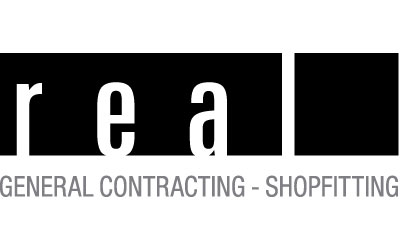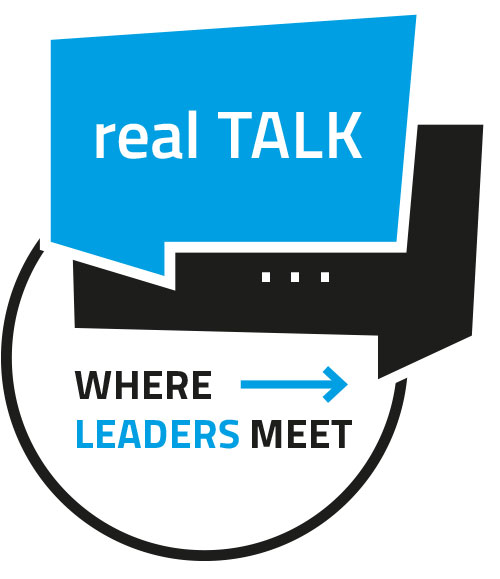Experts have calculated that every employee spends an average of 2,000 hours per year at their workplace in a sedentary job. With fatal consequences for health. That’s why more and more supervisors are changing tack and attaching great importance to ergonomics at the workplace.
The term ergonomics originally comes from the Greek “ergon”, which means work. The second syllable “nomos” means science or rule. Ergonomics can therefore be summarised as the adaptation and design of working conditions and requirements always oriented to the needs of the working person. In this context, experts speak of a stress-strain concept between people and work. The stresses include all external factors that affect the employee during the performance of the work. This is initially the same for everyone. Then there is the stress-strain concept. Here factors of the individual are added, because the same stress does not have the same effect on every person.
The burden of ergonomics in the workplace
Stress is therefore an individual perception, which includes not only mental facets, but above all physical ones. For example, someone who has problems with their intervertebral discs will certainly not be able to sit for hours on an office chair without pain like someone who has no underlying illnesses. If the eyes get worse, working in front of a monitor can be exhausting. Special glasses can then help to make things easier. There are now individual solutions for almost every problem. An entire industry is profitably engaged in developing these solutions and making them available to the market. However, many managers still shy away from accepting these solutions and ordering them for the company. The cost hurdle is too great and sometimes they are simply afraid to ask what exactly is needed and what is needed individually for each colleague.
Making the right investments
The ergonomics of the workplace play an immensely important role, especially in those sectors where employees really do spend the majority of their day sitting. People are not made to sit for long periods of time; they should move all their muscles regularly. A solution to this problem is offered by desks that can be used both standing and sitting because they are height-adjustable. Desk chairs have also changed in shape and use. There are some that look more like thick balls and others that do not have a backrest but only a seat cushion that sways with every movement. This strengthens the muscles and promotes balance without having to stand up. So companies are thinking about it, but it also costs something. It is good for supervisors to know that there are usually subsidies for special purchases like this. Many health insurance companies are now convinced that healthy posture can prevent many diseases. That’s why they sometimes prescribe special chairs and tables so that the co-payment for these is very low.
Ergonomics and movement
Besides the low flat-rate cost, there is another huge advantage. If you have healthy employees, you can make full use of their work capacity. If, instead, half the workforce is on sick leave because of back problems or arm problems, it will be difficult to manage the workload on site. This results in costs and absences that should be avoided. Instead of focusing exclusively on ergonomic chairs, desks and much more, it is also about supporting people in general in their mobility. Many companies offer free entry to the gym during the lunch break, others have an on-site training room that can be used by all colleagues. Some start their working day normally with some exercise before even getting behind the desk. This special gym programme is very common, especially in Japan, because it strengthens the sense of community and also brings many positive health aspects, regardless of the occupational group.
Image copyright: Feodora52




